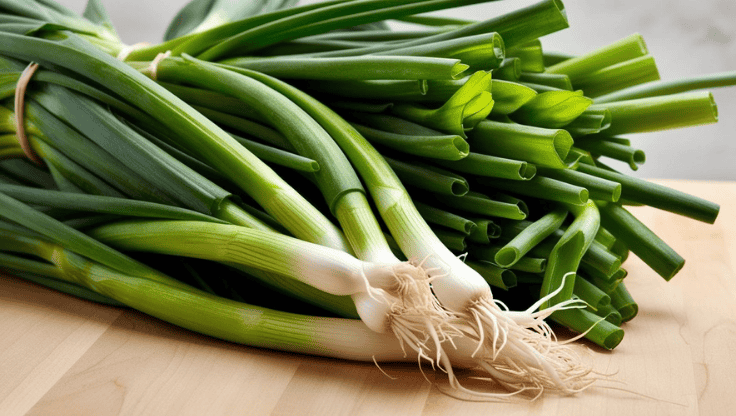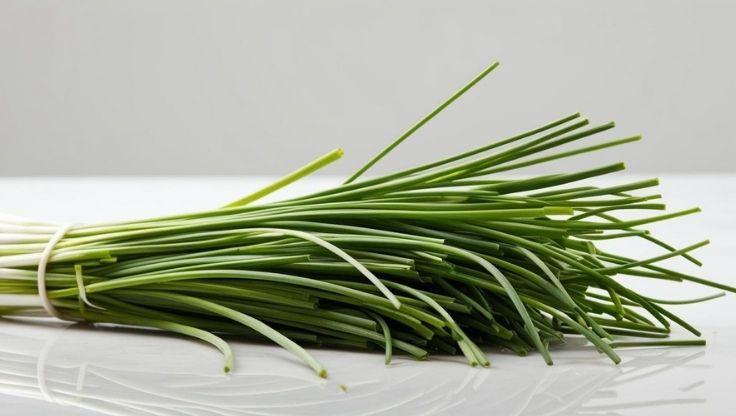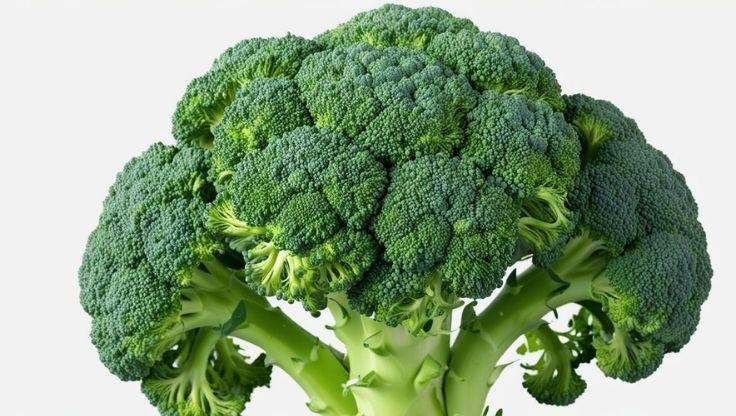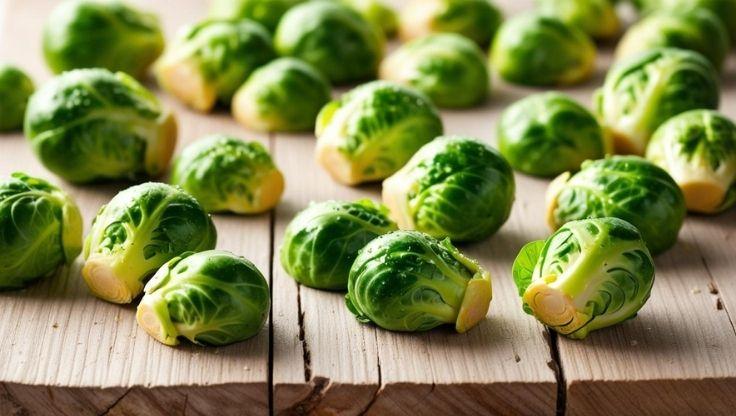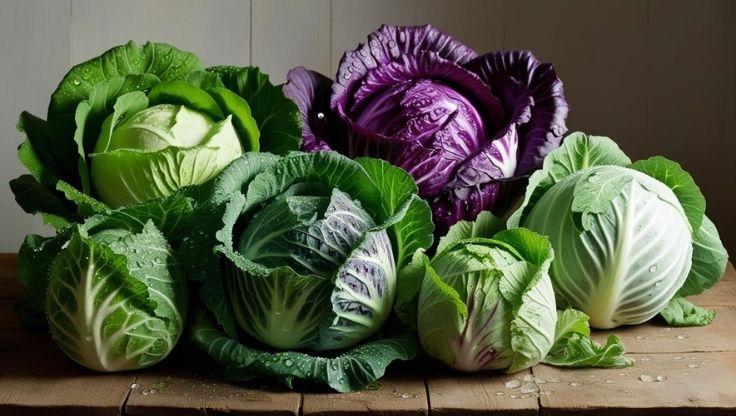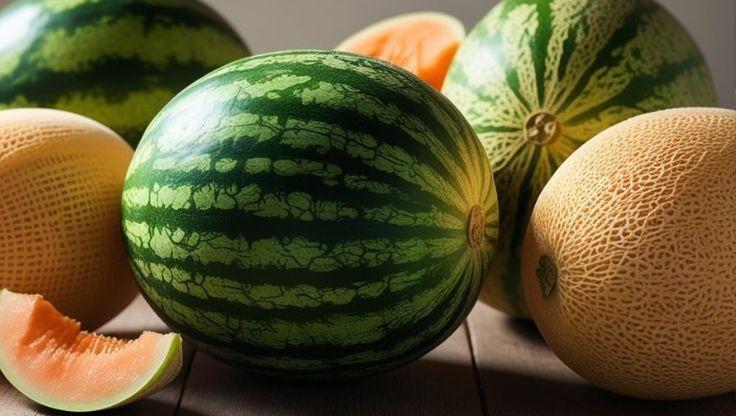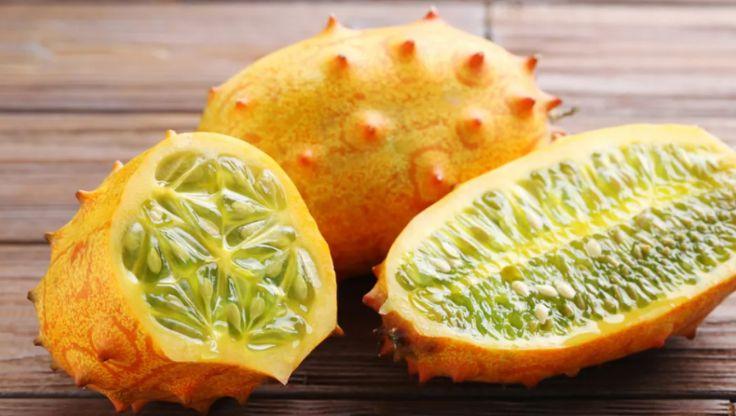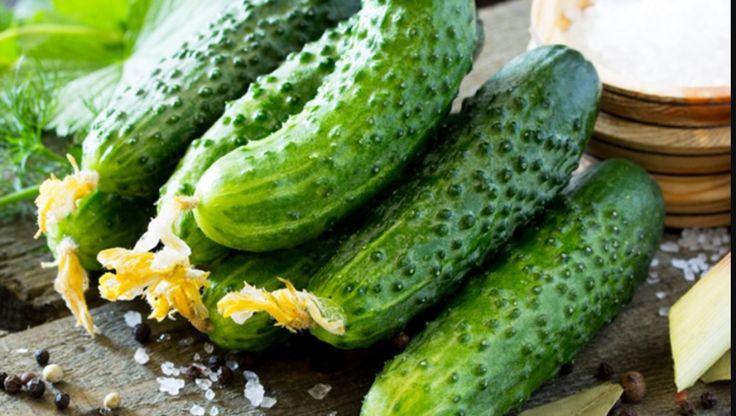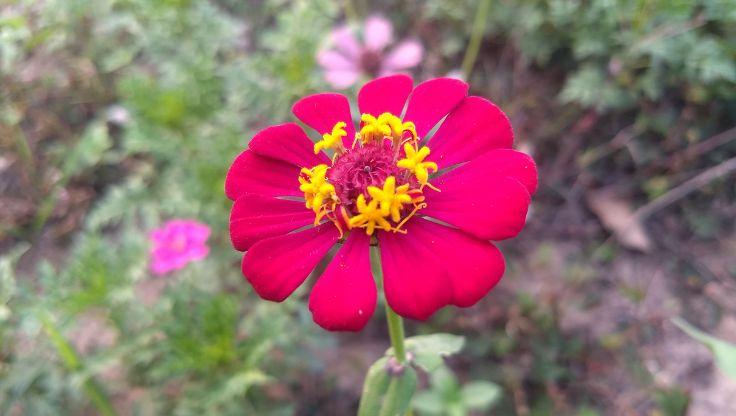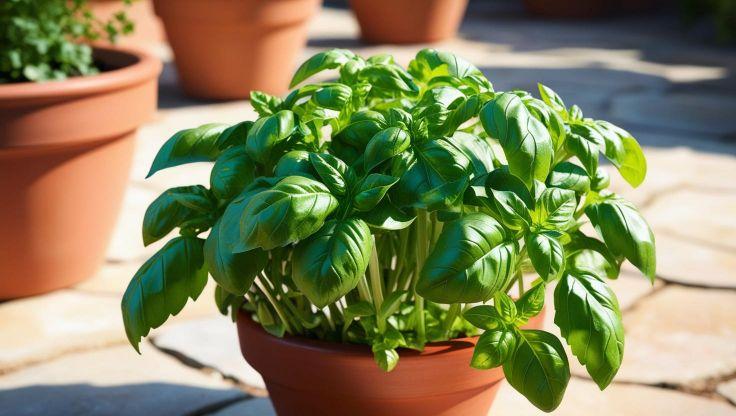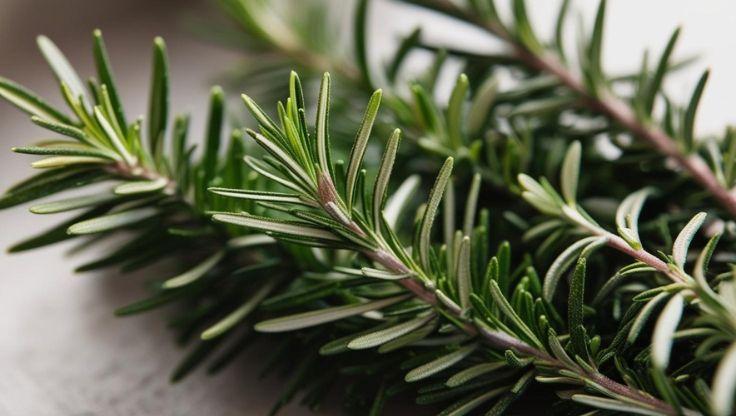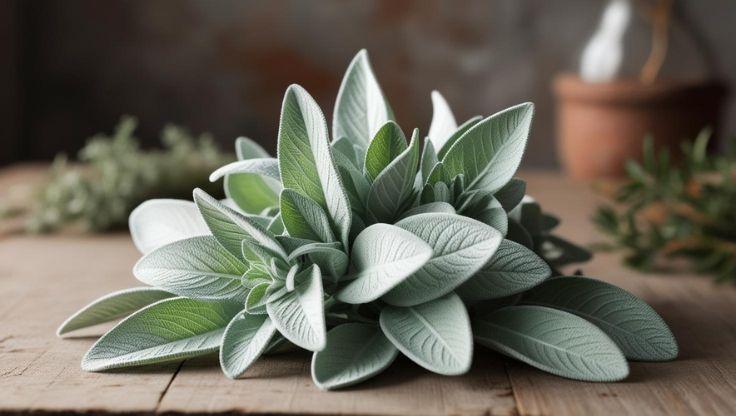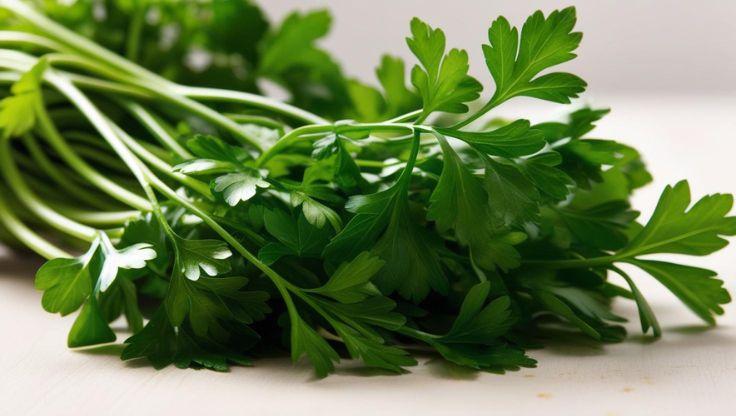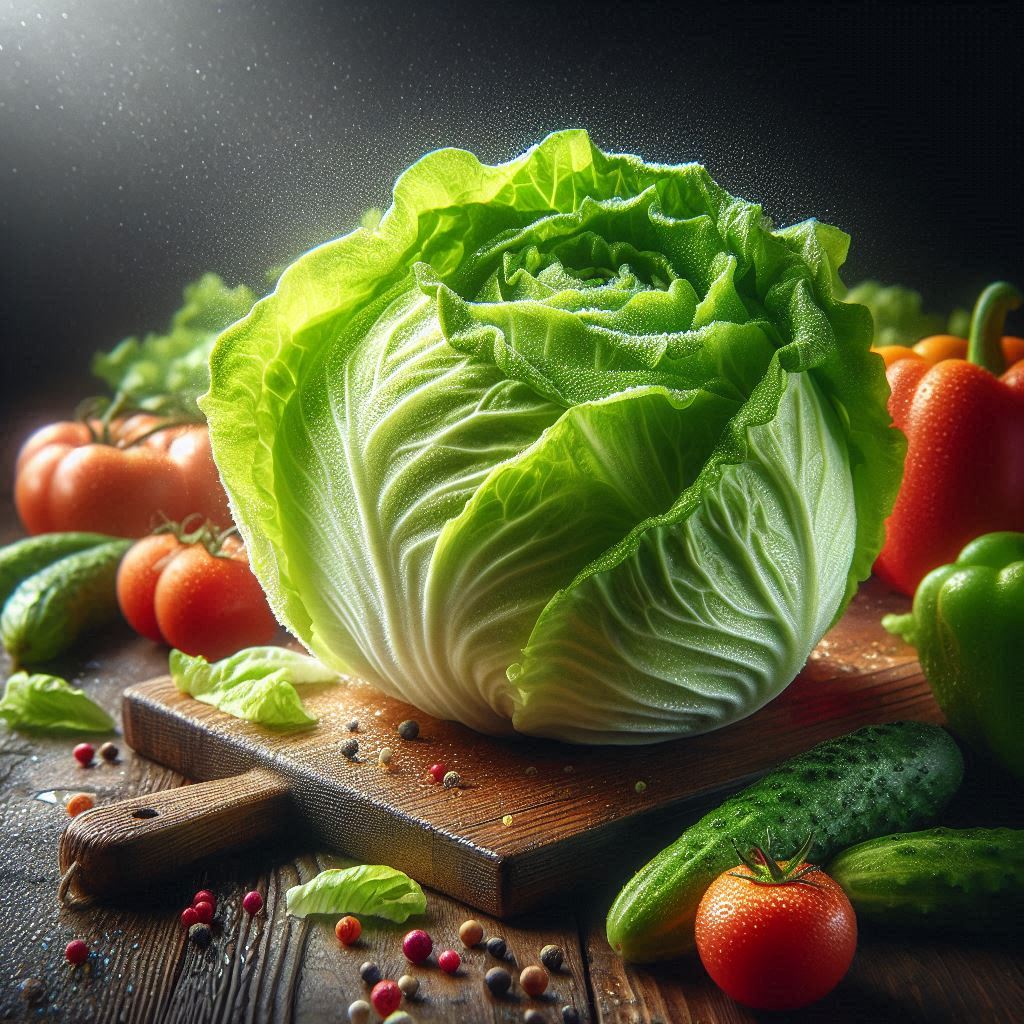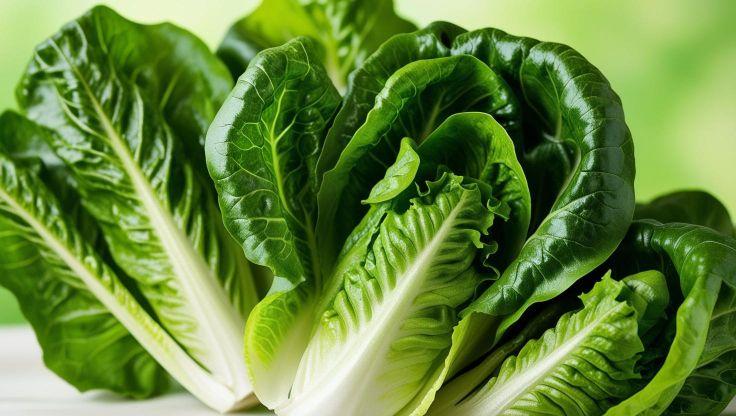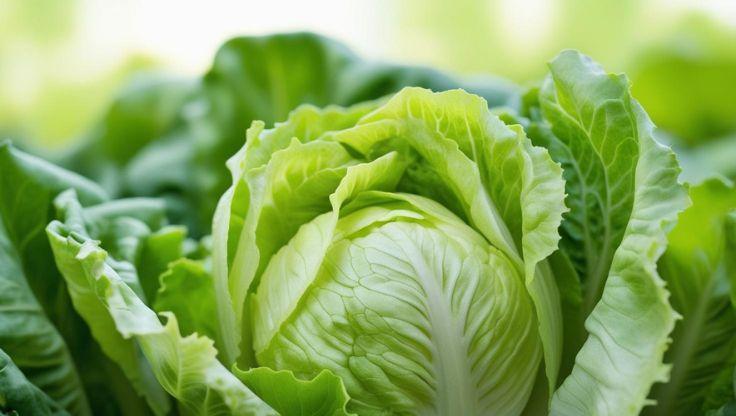Hydroponic Plants: Growing and Nurturing Mustard Greens Successfully
Mustard Greens (Brassica juncea) are fast-growing, nutrient-rich vegetables known for their peppery flavor and vibrant green leaves. Originating from the Himalayan region, they have been cultivated for centuries due to their adaptability and health benefits. As hydroponic plants, Mustard Greens thrive in controlled environments, ensuring rapid growth, consistent yields, and reduced exposure to soil-borne diseases.
Compared to traditional soil-based farming, hydroponic cultivation allows for precise nutrient management and efficient water usage.

I've cross-checked the information with multiple reliable sources and refined the details for accuracy.
Hydroponic Growing Conditions for Mustard Greens
Hydroponic cultivation provides an efficient and sustainable method for growing mustard greens, ensuring optimal nutrient absorption and controlled environmental conditions. To achieve the best results, growers must carefully manage pH levels, electrical conductivity (EC), lighting, temperature, and humidity.
pH and EC Levels
Maintaining the correct pH and EC levels is essential for the healthy growth of mustard greens. The ideal pH range for hydroponic mustard greens is 5.5 to 6.5, ensuring proper nutrient uptake and preventing deficiencies. The EC level, which measures the concentration of dissolved salts in the nutrient solution, should be maintained between 1.2 and 2.4 mS/cm. This range supports robust growth while avoiding nutrient imbalances.
Light, Temperature, and Humidity
Mustard greens thrive under full-spectrum LED lighting, requiring 14 to 18 hours of exposure per day to support photosynthesis and leaf development. The optimal temperature range for hydroponic mustard greens is 50°F to 75°F (10°C to 23°C), with an ideal target of 60°F to 70°F for vigorous growth. Additionally, maintaining a relative humidity level of 50-70% helps prevent dehydration and supports healthy leaf expansion.
Additional Considerations
Hydroponic mustard greens benefit from controlled environments that minimize pest infestations, such as cabbage loopers and flea beetles. Regular monitoring of nutrient solutions and environmental conditions ensures consistent yields and high-quality produce. By optimizing these factors, growers can cultivate mustard greens efficiently, maximizing both nutritional value and crop productivity.
Nutrient Solutions and Water Management for Mustard Greens
Hydroponic cultivation of mustard greens requires precise nutrient solutions and water management to ensure optimal growth, yield, and nutritional quality. By maintaining balanced nutrient levels and efficient water usage, growers can maximize productivity while minimizing environmental impact.
Essential Nutrients for Hydroponic Mustard Greens
Mustard greens thrive in a nutrient-rich hydroponic environment, requiring a well-balanced supply of macronutrients such as nitrogen (N), phosphorus (P), and potassium (K). Nitrogen is essential for leaf development, phosphorus supports root growth, and potassium enhances overall plant health and disease resistance. Additionally, micronutrients like iron, boron, and calcium play a crucial role in chlorophyll production, cell wall integrity, and new growth.
Water Management Strategies
Proper water management is critical for hydroponic mustard greens, as it directly impacts nutrient delivery and plant health. Consistent monitoring of water quality, temperature, and oxygen levels prevents nutrient deficiencies and promotes vigorous growth. Using filtered water with minimal contaminants enhances nutrient uptake and reduces the risk of disease.
Hydroponic systems such as deep water culture (DWC), nutrient film technique (NFT), and aeroponics offer efficient water usage while maintaining optimal hydration levels. Automated irrigation systems help regulate water flow, preventing overwatering and ensuring consistent moisture availability.
Optimizing Growth Conditions
To further enhance mustard green cultivation, growers should implement regular nutrient solution adjustments based on plant needs. Weekly pH and EC testing ensures stability, while periodic flushing prevents salt buildup. Incorporating organic amendments like compost tea or seaweed extract can improve nutrient availability and boost plant resilience.
By maintaining precise nutrient solutions and effective water management, hydroponic mustard greens can achieve maximum yield, superior quality, and enhanced nutritional value. These strategies not only optimize growth but also contribute to sustainable and efficient agricultural practices
Cultivation Process of Mustard Greens
Mustard greens are fast-growing, nutrient-rich leafy vegetables that thrive in hydroponic systems. Their cultivation process involves careful seed selection, optimal growing conditions, and efficient transplanting techniques to ensure high yields and superior quality.
Seed Germination and Seedling Development
Mustard greens seeds germinate within 4 to 7 days, provided they are sown in a moist, well-drained growing medium. The ideal temperature for germination ranges between 50°F to 75°F (10°C to 24°C), ensuring rapid sprouting and strong seedling development. Each hole should contain 1 to 2 seeds to maintain proper spacing and prevent overcrowding. Once seedlings reach 2 to 3 inches in height, they are ready for transplanting into hydroponic systems.
Maturity After Transplanting
After transplanting, mustard greens mature within 4 to 5 weeks, making them an excellent choice for quick harvest cycles. Hydroponic cultivation accelerates growth by providing consistent nutrient delivery and controlled environmental conditions. Regular monitoring of pH levels (5.5 to 6.5) and EC levels (1.2 to 2.4 mS/cm) ensures optimal nutrient absorption, leading to vigorous leaf expansion and enhanced flavor profiles.
Growing in Hydroponic Systems
In hydroponic setups, mustard greens seedlings are transferred to net pots filled with rock wool or coco coir, which provide excellent root support and moisture retention. Popular hydroponic methods include deep water culture (DWC), nutrient film technique (NFT), and aeroponics, each offering efficient water and nutrient management. Full-spectrum LED lighting with 14 to 18 hours of exposure per day supports photosynthesis and robust leaf development.
Mustard Green Varieties
Several mustard green varieties are well-suited for hydroponic cultivation, each offering distinct flavors and textures:
- Southern Giant Curled – Known for its peppery taste and frilly leaves, ideal for stir-fries and soups.
- Red Giant – Features deep red-purple leaves with a bold, spicy flavor, commonly used in salads.
- Green Wave – A smooth-leaf variety with a mild, slightly sweet taste, perfect for fresh consumption.
By optimizing seed selection, transplanting techniques, and hydroponic growing conditions, mustard greens can be cultivated efficiently, ensuring high yields, superior quality, and enhanced nutritional value.
Uses and Benefits of Mustard Greens
Mustard greens are a nutrient-rich, versatile vegetable that offers a range of culinary, health, and sustainability benefits. Their bold, peppery flavor makes them a popular choice in various dishes, while their impressive nutritional profile supports overall well-being. Additionally, hydroponic cultivation enhances their environmental advantages, making them a sustainable option for modern agriculture.
Culinary Applications
Mustard greens are widely used in salads, stir-fries, soups, and stews, adding a distinctive spicy, slightly bitter taste that enhances the depth of flavors in dishes. Their tender yet crisp texture makes them an excellent addition to both raw and cooked meals. In Asian cuisine, mustard greens are often pickled or sautéed, while in Southern cooking, they are braised with smoked meats for a rich, savory experience. Their versatility allows them to be incorporated into smoothies, pestos, and wraps, offering a nutritious boost to everyday meals.
Health Benefits
Mustard greens are packed with essential vitamins and minerals, including vitamins K, A, and C, which support immune function, digestion, and detoxification. Their high antioxidant content helps combat oxidative stress, reducing the risk of chronic diseases such as heart disease and cancer. Additionally, mustard greens contain glucosinolates, compounds known for their anti-inflammatory and detoxifying properties. Their fiber-rich composition aids in gut health, promoting digestion and reducing cholesterol levels.
Sustainability Advantages
As hydroponic plants, mustard greens require up to 90% less water than traditional soil-based farming, making them an eco-friendly choice. Hydroponic cultivation eliminates the need for pesticides, reducing environmental contamination and ensuring clean, chemical-free produce. Additionally, hydroponic systems allow for year-round production, optimizing space and resources while minimizing agricultural waste. By choosing hydroponically grown mustard greens, consumers support sustainable farming practices that contribute to environmental conservation.
By integrating mustard greens into daily meals, individuals can enjoy their bold flavors, health-enhancing nutrients, and eco-friendly benefits, making them a valuable addition to a balanced diet.
Challenges and Solutions in Growing Mustard Greens
Hydroponic mustard greens offer a sustainable and efficient cultivation method, but growers may encounter challenges related to pests, diseases, and environmental conditions. Understanding these issues and implementing effective solutions ensures healthy plant growth and high yields.
Common Pests and Diseases
Mustard greens are susceptible to several pests and diseases that can hinder growth and reduce crop quality.
- Aphids – These small insects feed on plant sap, causing leaf curling and stunted growth. They can be controlled using neem oil or insecticidal soap, which effectively repels and eliminates infestations.
- Powdery Mildew – A fungal disease that appears as white powdery spots on leaves, leading to reduced photosynthesis. Preventing mildew involves maintaining proper airflow and humidity levels, ensuring plants receive adequate ventilation.
- Root Rot – Overwatering and poor oxygenation can lead to root decay, weakening the plant. To prevent this, growers should avoid excessive watering and ensure proper aeration in hydroponic systems.
Solutions for Growth Issues
Environmental factors and nutrient imbalances can also affect mustard greens' development.
- Yellowing Leaves – Often a sign of nutrient deficiencies, particularly nitrogen. Adjusting the nutrient balance in the hydroponic solution restores leaf vitality.
- Slow Growth – Insufficient light exposure can delay plant development. Increasing light intensity and duration (14–18 hours of full-spectrum LED lighting) enhances photosynthesis and accelerates growth.
- Wilting – Mustard greens may wilt due to improper water temperature or oxygenation. Ensuring consistent water temperature and adequate dissolved oxygen levels prevents stress and supports healthy root function.
By addressing these challenges with proactive pest management, optimized nutrient delivery, and controlled environmental conditions, hydroponic mustard greens can thrive, producing high-quality, nutrient-rich leaves suitable for culinary and commercial applications.
|
Institution |
Article Title |
Article Link |
|---|---|---|
|
Universitas Airlangga |
Growth Performance and Nutrient Composition of Mustard Green (Brassica juncea) Cultured in Aquaponics and Hydroponic Systems |
|
|
Universitas Perjuangan Tasikmalaya |
The Influence of Nutrient Concentration and Hydroponic Growing Media on the Growth and Yield of Pagoda Mustard Greens |


